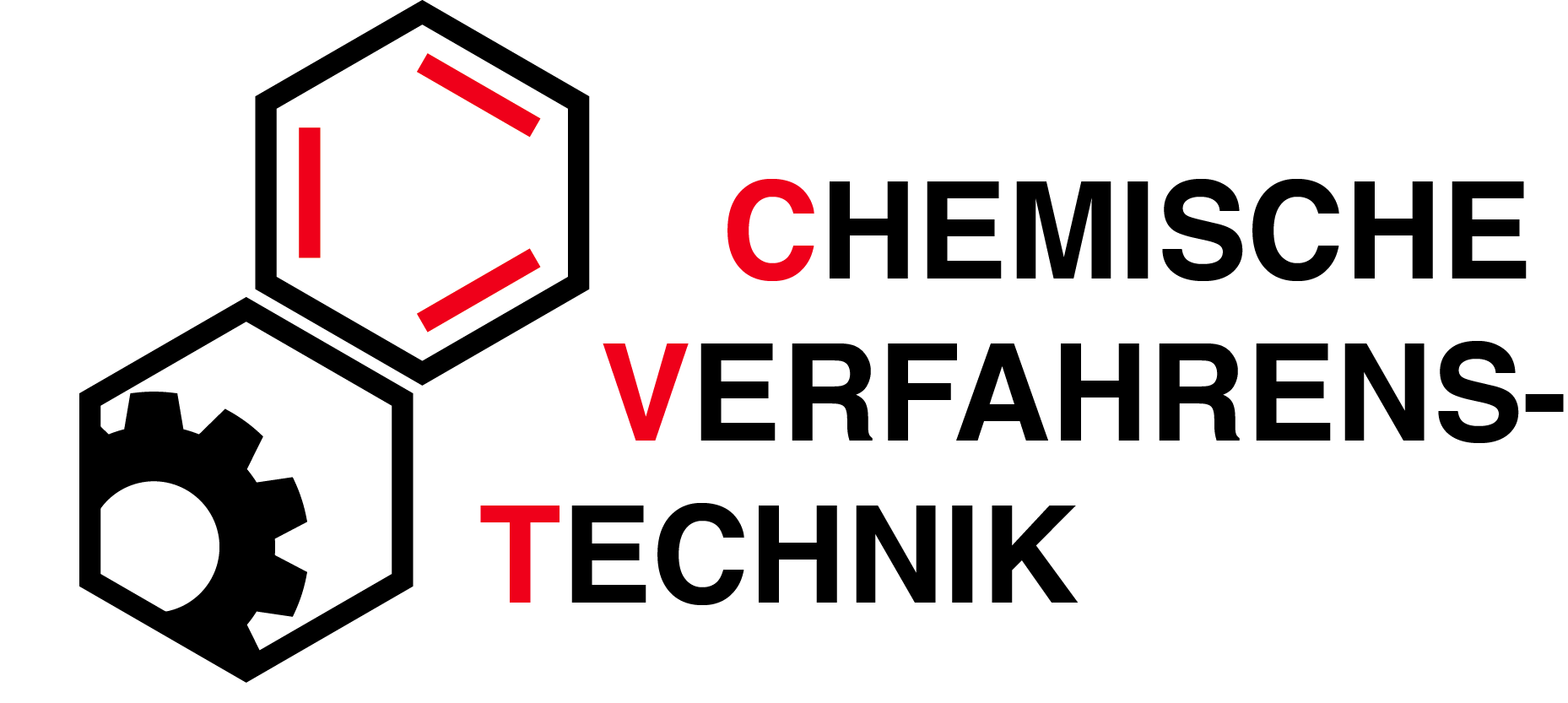NADH Regeneration
Influence of electrode potential, pH and NAD+ concentration on the electrochemical NADH regeneration
Enzymes are proteins that control and accelerate biochemical reactions. This happens around the clock in our bodies, for example. But you can also use these enzymes for biochemical reactions to obtain drugs or other valuable chemicals. One such reaction is the breakdown of CO2 into green fuels. In addition to the right enzymes, you also need a source of energy for these reactions that the enzymes can use: NADH. As the enzymes convert CO2 into valuable chemicals, they consume NADH and NAD+ is produced. Due to the high cost of NADH, there are different approaches to generate NADH again from the NAD+. One of these approaches is via an electrochemical reaction: a certain potential is applied to an electrode so that electrons (and protons) transfer to the NAD+ and it is reduced to NADH.
In this publication, we investigate how the reaction conditions, the potential at the electrode, the pH in our reaction cell, and the concentration of NAD+ affect the recovery of NADH. We have found that by choosing the reaction conditions, we can strongly influence the selectivity (how much percent of NAD+ actually becomes NADH) and the efficiency (how much of our input energy is actually used for our desired reaction).


